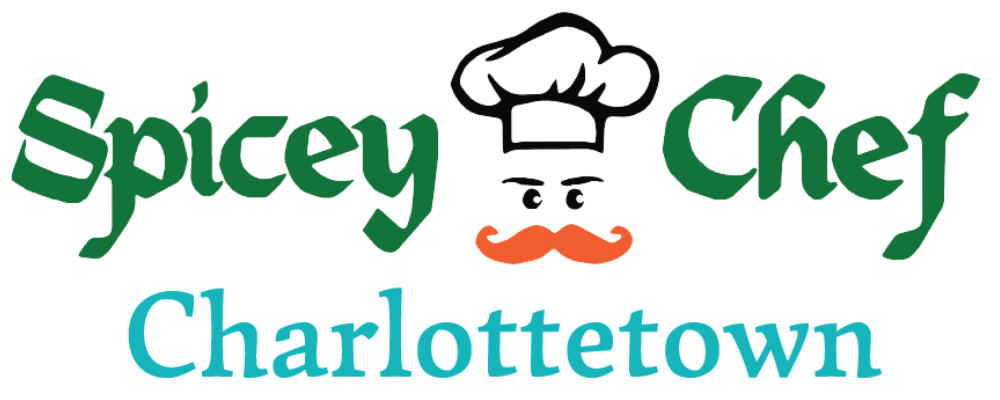Address
85 Belvedere Ave, Charlottetown, PE C1A 6B2
Work Hours
Sunday to Thursday: 11 AM - 10 PM
Friday & Saturday: 11 AM - 10:30 PM
The Indian cuisine comprises a variety of regional and traditional cuisines native to the Indian subcontinent. It gives cultural diversity to the ethnic people in soil, climate, and their occupations, these cuisines vary according to their habitat and use locally available herbs, wild vegetables, spices, farm vegetables, and local fruits. Indian food is heavily influenced by religion, in particular Hinduism, cultural choices, and traditions. In addition, this cuisine is also influenced by the Mughal rule. Samosas and Pulao are some examples.
Indo-Chinese cuisine was originally started in the 19th century among the Chinese community at Calcutta during the immigration of Hakka Chinese from Cantonment (present-day Guangzhou) seeking to escape the First and Second Opium Wars and political instability in the region. Upon exposure to local Indian cuisine, they incorporated many spices and cooking techniques into their own recipe, thus creating a unique fusion of Indian and Chinese cuisine.
After 1947, many Chinese immigrants opened their own restaurants in Calcutta, whose dishes combined aspects of Indian cuisine with Cantonese cuisine. In other parts of India, Indian Chinese cuisine is derived from Calcutta –Chinese cuisine, but it bears little resemblance to its Chinese counterparts as the dishes tend to be flavored with cumin and coriander seeds, and turmeric powder which with a few regional exceptions, are not traditionally associated with Chinese cuisine. Green chili, green pepper, ginger powder, garlic paste, and yogurt are the most frequently used recipes in dishes.
Therefore, we serve some most popular dishes including Chicken Manchurian, Chicken lollipop, Chili Chicken, Vegetable and Chicken Hakka noodles, varieties of Chow Mein, and Szechwan Fried rice. Soups such as Manchow soup and Sweet corn soup are very popular. Chow-Mein is now known as one of the favorite Chinese dishes in the world. Especially in South Asia, it is one of the most loved street foods.
Nepalese Cuisine:
A spice is a seed, fruit, root, bark, or other plant substance primarily used for flavoring or coloring food. Spices are distinguished from herbs, which are the leaves, flowers, or stems of plants used for flavoring or as a garnish. Spices are sometimes used in medicine, religious rituals, cosmetics, or perfume production.
A spice may be available in several forms: fresh, whole dried, or pre-ground dried. Generally, spices are dried. Spices may be ground into powder for convenience. A whole dried spice has the longest shelf life, so it can be purchased and stored in larger amounts, making it cheaper on a per-serving basis. A fresh spice, such as ginger, is usually more flavorful than its dried form, but fresh spices are more expensive and have a much shorter shelf life. Some spices are not always available either fresh or whole, for example, turmeric, and often must be purchased in ground form. Small seeds, such as fennel and mustard seeds, are often used both whole and in powder form.
Momo:
MOMO is a type of East and South Asian steamed-filled dumpling, popular across the Indian subcontinent and the Himalayan regions of South Asia. Momos are native to the Southwest Chinese region of Tibet, Bhutan, Nepal, North Indian region of Ladakh, Northeast Indian regions of Sikkim, Assam, and Arunachal Pradesh, and East Indian region of Darjeeling. It is similar to Chinese baozi, jiaozi, and mantou, Mongolian buuz, Japanese gyoza, Korean mandu, and Turkic manti, but heavily influenced by the cuisine of the Indian subcontinent with Indian spices and herbs. Momos are extremely popular among the natives of the Indian subcontinent and can be found in every kind of shop from restaurants to street vendors.
